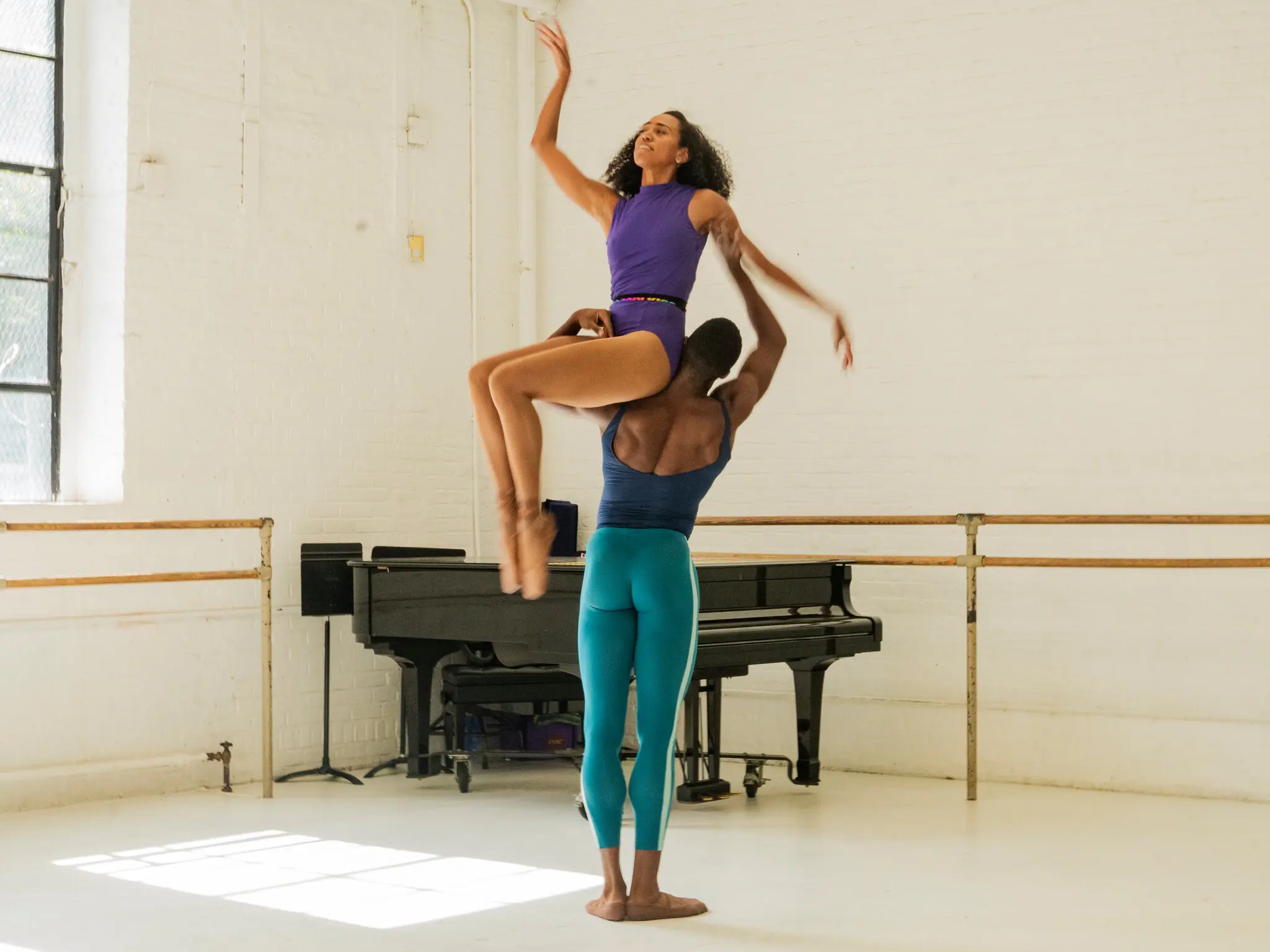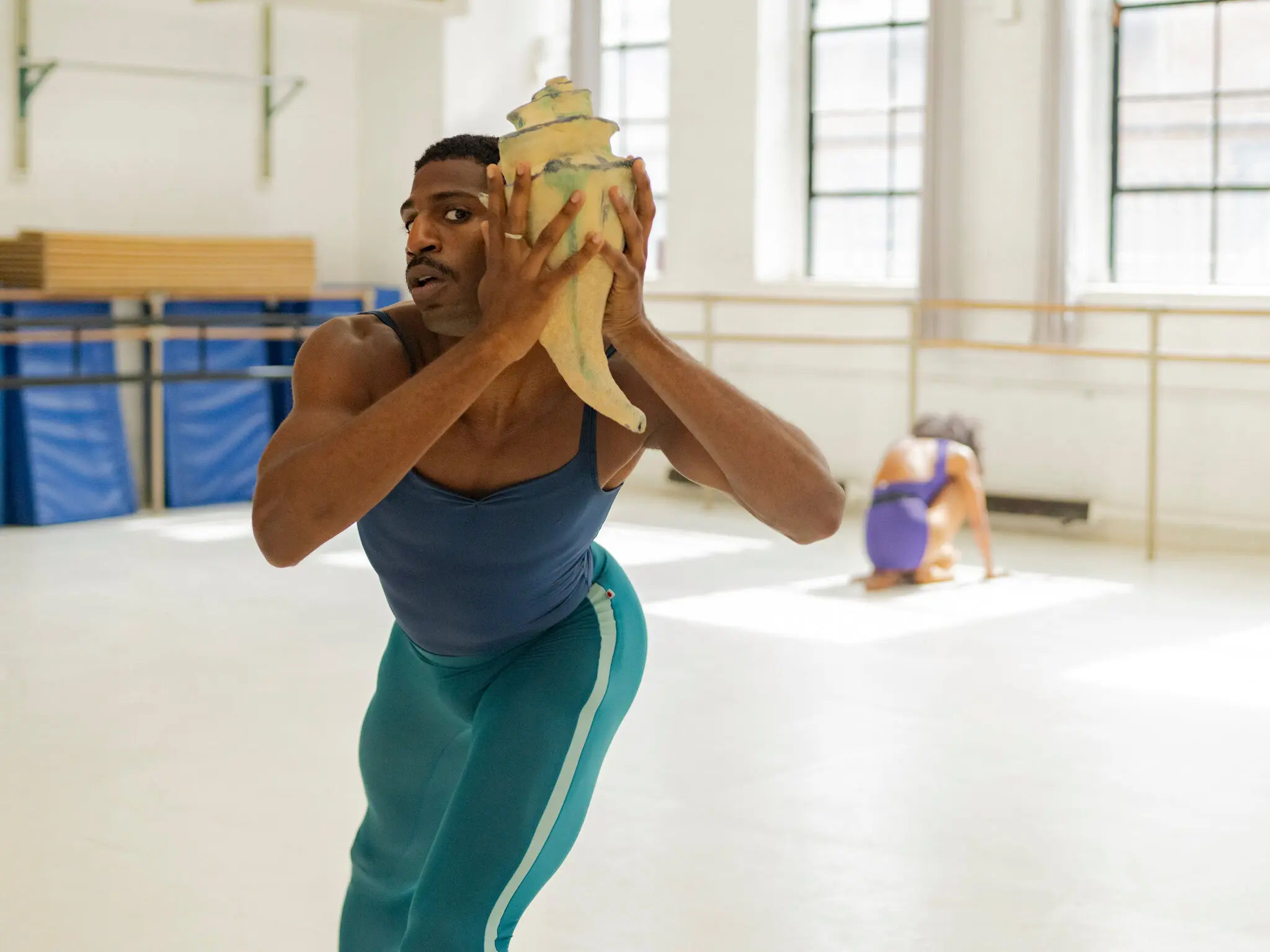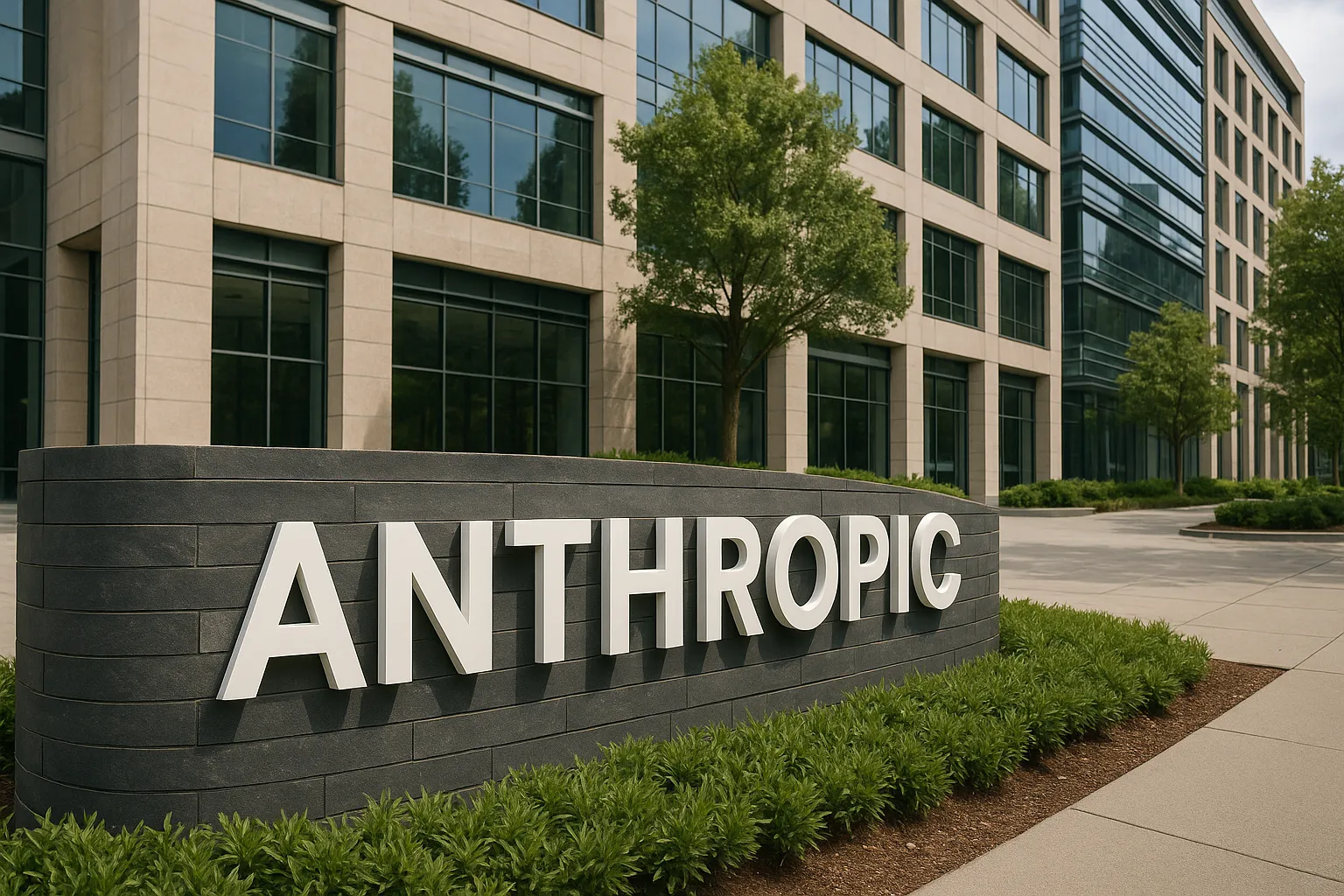Gerald Arpino Added ‘Zah!’ to Ballet — But Does It Endure?
22.09.2025
Gerald Arpino’s Legacy: Energy, Emotion and “Zah!” on the Ballet Stage
From Balanchine’s Shadow to the Joffrey Spotlight
In the golden era of New York ballet, three powerhouse companies defined the scene: New York City Ballet, American Ballet Theater, and the Joffrey Ballet. George Balanchine, the iconic founder of New York City Ballet, dominated the American ballet landscape, shaping the art form so fully that other choreographers were often measured against him.
Yet the Joffrey Ballet, founded in 1956 by Robert Joffrey and Gerald Arpino, carved out its own identity. Arpino became the company’s creative heartbeat, producing nearly 50 ballets across five decades — more than any other single choreographer in the company’s repertory. His works balanced a repertoire that also included modernist landmarks like The Rite of Spring and Twyla Tharp’s Deuce Coupe.
A Festival of Rediscovery
Two years after celebrating Arpino’s centennial in Chicago, the Gerald Arpino Foundation has partnered with the Joyce Theater in New York to present a two-week festival. Running from Sept. 30 to Oct. 12, the event features seven ballets created between 1962 and 1986, offering today’s dancers and audiences a chance to reassess his legacy.
Criticism and Audience Appeal
Although prolific, Arpino struggled for critical recognition. Some reviewers dismissed his choreography as flashy or superficial. Even admirers hedged their praise, debating whether he was a “minor master” or “major fake.” Yet audiences consistently embraced his work. His athletic, sensual style, combined with themes drawn from contemporary life, resonated with viewers and helped attract newcomers to ballet.
The Signature Style: Athleticism and “Zah!”
Arpino’s choreography embodied youth and vitality. Drawing from modern dance, he pushed beyond strict classical lines, encouraging dancers to use their backs, hips, and even the floor. He was fond of splits, soaring leaps, and bold extensions. In the studio, he often demanded “zah!” — a word of his own invention to capture exuberance, commitment, and connection.
Themes ranged from Vietnam and counterculture to spirituality, desire, and rock music. This topical approach gave his ballets urgency, though it also raised questions about longevity. Still, about a dozen of his works remain in rotation, performed by companies like Ballet West, Oklahoma City Ballet, and, of course, the Joffrey.

Highlights of the Joyce Festival
Among the works being revived is Round of Angels (1983), a Mahler-scored elegy dedicated to a Joffrey dancer lost early in the AIDS crisis. Another enduring favorite, Light Rain (1981), channels the sensual, free-spirited energy of the disco era — and remains one of his most performed works.
Dance Theater of Harlem will take on Sea Shadow (1962), a dreamlike pas de deux set to Ravel’s Piano Concerto. In it, fluid lifts and weightless slides evoke the sensation of gliding through water, blurring the line between reality and fantasy.
Other works highlight his versatility: L’Air d’Esprit (1978), steeped in Romantic style; Birthday Variations (1986), a graceful showpiece with floral imagery; and Valentine (1971), a playful sparring match inspired by a Muhammad Ali–Joe Frazier fight, complete with mock boxing and comic exaggeration.
Emotion at the Core
Beyond athleticism, Arpino infused his ballets with unrestrained emotion. His pas de deux often radiated romance and intensity, qualities less common in today’s more restrained ballet landscape. For Arpino, dance was as much about feeling as form.
Former Joffrey dancer Fabrice Calmels recalled that Arpino emphasized expression over perfection: “He never forgot that we are emotional creatures.” This emotional connection — his trademark “zah!” — helped make ballet accessible to wider audiences.
A Choreographer of His Time and Beyond
Gerald Arpino saw himself as tuned in to the cultural pulse. He described his work as topical, reflecting the issues of his country at specific moments. While that focus sometimes limited the lifespan of his pieces, it also gave them immediacy and power.
As the Joyce Theater festival revives his creations, a new generation can judge for itself. Were his ballets merely of their time, or do they still speak to today’s audiences? Whatever the verdict, Arpino’s insistence on energy, accessibility, and human connection ensured that his “zah!” left a lasting imprint on American ballet.






Leave a Comments